Is cost a key driver in your IT decision making process?
As with most business decisions, cost is inevitably a key consideration when choosing between different solutions. When it comes to your IT infrastructure, understanding the cost difference between cloud vs. on-premise IT solutions is an important factor.
Here we look at the different costs involved in storing data, and compare cloud storage with on-premise servers.
Are you ready for the cloud? Download our Cloud Readiness worksheet to find out >
Cost differences between cloud vs. on-premise servers
Start up costs
It is clearly cheaper to opt for cloud storage over on-premise servers when considering start up costs. The cost of hardware, server room and power needed to implement on-premise storage is far greater than signing up to a cloud solution. Labour costs should also be factored in, setting up a new server and integrating it with your existing IT needs resources.
Cloud storage is a clear winner if you’re starting from scratch.
Maintenance costs
Cloud providers are responsible for all upgrades, patching and other maintenance. You’re responsible for your on-premise servers. While your monthly cloud subscription fee pays for maintenance, as cloud providers use a shared service business model long term it’s a fraction of the cost of maintaining on-premise IT hardware. Day-to-day running costs for on-premise servers are mostly confined to power usage, however regular upgrades are needed to ensure optimal performance and therefore you need to factor in labour costs. Whether this is done by someone in-house, or an external IT technician, these costs add up considerably.
Over time cloud storage is cheaper than on-premise.
Security costs
As with general maintenance, cloud providers are also responsible for implementing and maintaining appropriate security tools. Although it is your organisation’s responsibility for ensuring that data is protected, stored and managed in a compliant way. As well as the cloud provider’s your business may also need to implement security solutions which might range from basic security best practices to additional tools. On-premise servers are your responsibility to protect and ensure that security tools are fit for purpose.
Cloud storage providers include IT security tools which may reduce overall costs.
Cost of storage
Here’s how cloud providers make their money. They charge for storage. While they’ll probably give away some free storage, many will offer between 5GB to 15GB free, many organisations need a lot more than that.
On-premise servers are effectively free.
Scalability costs
Is your organisation growing and may need to increase its data storage? Here’s another cost where cloud storage wins hands down. The cost of increase data storage on-premise, if you’re operating at capacity involves those initial start up costs again. Buying hardware, installing it, having the physical space, an increase in power usage and additional maintenance costs. One of the cloud’s USPs is it’s scalability, you can upgrade your service at a click of a button for a fraction of the cost of purchasing a new server.
Cloud storage beats on-premise for scalability and respective costs.
Legacy costs
A major challenge for many organisations is their legacy IT infrastructure. When systems and hardware have been superseded with new technology, maintaining legacy IT infrastructure can be expensive and can limit IT’s ability to develop solutions that support the business proactively. Cloud providers are responsible for their technology and need to be innovative to be competitive. Many businesses choose to use a cloud provider to get access to technology they can’t afford to continually upgrade on-premise.
Cloud wins with no legacy costs.
Downtime and loss of productivity costs
A cost that can be difficult to quantify but an important one. Any disruption to critical systems that causes downtime or a loss of productivity, costs organisations. Cloud providers are not immune from outages and other service disruptions, but on average on-premise solutions experience more downtime than the cloud. In fact, migrating to cloud solutions to reduce the risk of downtime is another common reason that businesses move their storage. Cloud providers use failover solutions to ensure business continuity, and any remedial costs are incurred by them.
Cloud providers stipulate their commitment to service uptime and connectivity in Service Level Agreements, which are legally binding. They also set out how they will compensate customers if they fall short. However, it’s important to conduct a risk analysis when considering cloud storage which includes the cost of downtime on your organisation.
Cloud storage may not be risk free but remediation won’t cost your organisation.
Total cost of ownership
Try out Microsoft Azure’s Total Cost of Ownership Calculator here to get an estimate of the cost savings your organisation could make by moving from on-premise to the cloud.
Ultimately, while the cloud offers many benefits and cost savings, it will depend on your organisation, internal capacity, the amount of storage required and your risk analysis whether it’s a better and cheaper solution for you.
If you want to discuss any of the subjects raised in this blog post, please get in touch.







